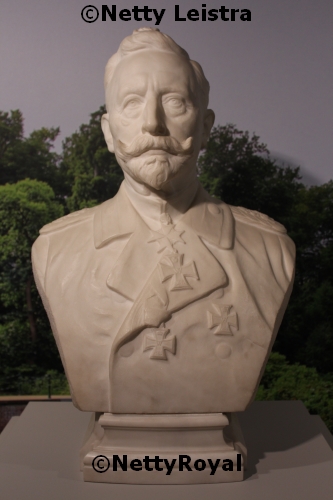
An exhibition about Emperor Wilhelm II of Germany in the Netherlands? Who on earth wants to see that, my German colleague wondered. It surely won’t be visited as much as previous exhibitions, but the exhibition “Der Kaiser! Glory & decline of Emperor Wilhelm II” at Palace Het Loo in Apeldoorn is still pretty nice and interesting. The museum collaborated with Museum Huis Doorn. For who wants to see it, it will be on display until 28 February 2016. Information at the exhibition is given in Dutch and in German, but there are information sheets in English available in the small room before you enter the exhibition.
Wilhelm II was born in 1859 as the son of Emperor Friedrich III and Princess Victoria of Great Britain, and in 1888 became Emperor after the death of his father, who only ruled for a few months. The exhibition tells the story of the life of the last German Emperor, who spent the period of November 1918 to his death in 1941 in the Netherlands, being exiled from his own country after the end of the German Empire. He first spent time as a guest at Amerongen Castle, but in 1919 bought Huis Doorn. After his death the Emperor was buried in a mausoleum at Huis Doorn, and still rests there.
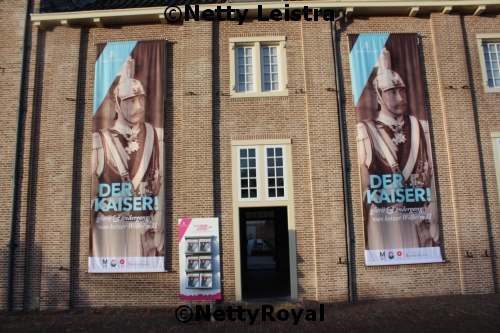
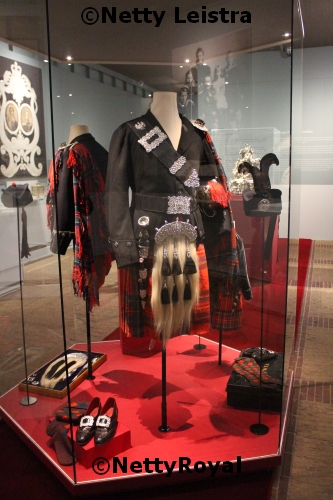
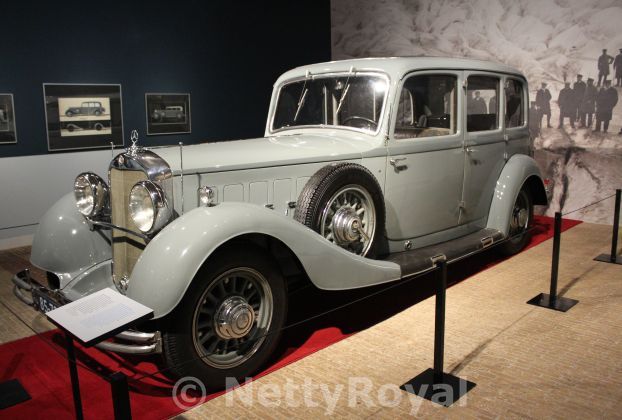
I managed to arrive there as first guest on Saturday 12 December just after the palace had opened the door for the day. The best way to take pictures without having any other people standing in the way. I was already halfway the first part when more people entered. If I did like the exhibition I was asked several times after my visit. Yes and no. I am not much into military things, and there was a lot of it, as of course Wilhelm II was quite a military man. I especially loved the personal paintings, photos, clothing and other items and wouldn’t have mind a ride in that great car.
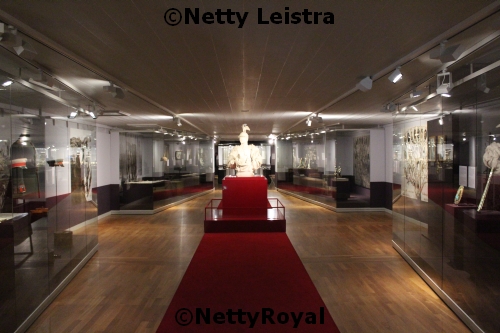

While the first part of the exhibition showed quite a bit of private things, the upper floor was half about the First World War, while the other half was about his life after the war. I had a quick glance at uniforms and other things connected to the war, and spent some more time in the final part. Most interesting to me were some paintings and photos, including one of the Emperor with then Princess Juliana. She and her husband Prince Bernhard were also guests at the wedding banquet for his grandson Prince Louis Ferdinand, the later head of the family, and his wife Grand Duchess Kira of Russia in 1938.

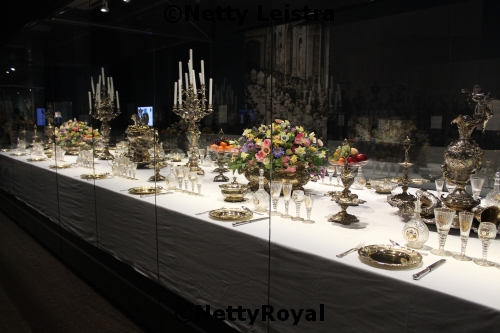
By far the best part of the exhibition I thought however was the dinner table as set for the wedding banquet of Princess Viktoria Luise, the Emperor’s only daughter, and her husband Prince Ernst August of Hannover, Duke of Braunschweig on 22 May 1913 in the White Room of the City Palace in Berlin. All important family members, also from abroad, were present, including King George V of Great Britain and Czar Nicholas II of Russia. It was on of the last huge royal gatherings before World War I changed everything and family members became each others enemies. The table was set with the wedding silverware from 1881 in a neo-baroque style and a glass service, although another service than the one from 1881, which is no longer complete.
In case you wonder, even when being exiled, lots of possessions of the Emperor from his many palaces and castles in Germany were transported in 59 train carriages to the Netherlands.
